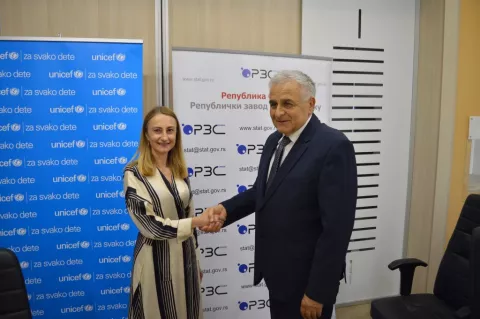Inequality in the Lives of Adolescents in Serbia
MICS

- Available in:
- Srpski
- English
Highlights
Endeavouring to analyse the factors that produce different outcomes among adolescents, this analysis operationalizes the ecological approach that recognizes different spheres of influence. The first of these is the family environment, which is divided into household resources and family (including parental) practices. The second is the broader social context in which adolescents develop and which can be either stimulating or limiting to various degrees. The social context was operationalized through region (level NUTS2), area type population density: densely populated areas — DPA; intermediate populated areas — IPA; and thinly populated areas — TPA) and four quality of life indices: human development index (HDI); gross national income (GNI) per capita; education expectancy; and index of life expectancy.



